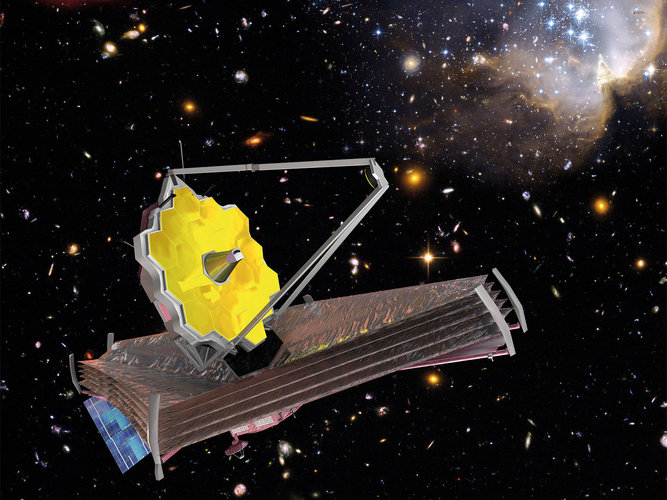
Copernical Team
NASA says glitch on Boeing rocket delays launch again
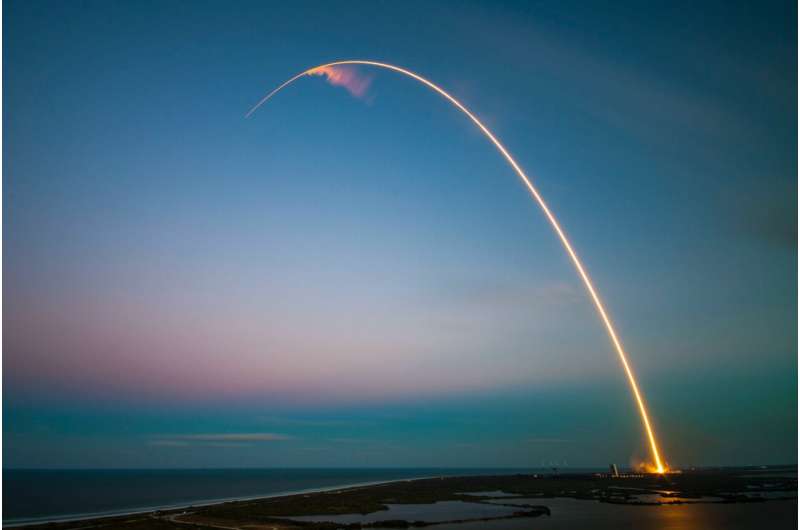
NASA plans to replace an engine controller aboard its massive SLS rocket after finding a communications glitch with the system's avionics during preflight testing, the latest setback in a program for which Boeing Co. is the main contractor and that has been plagued by years of delays and billions of dollars in costs beyond its initial budget.
The National Aeronautics and Space Administration also said Friday it will explore launch dates for a test flight in March and April.
The rocket, which Congress authorized and began funding in 2010, was supposed to fly in late 2016. In October, NASA solicited ideas from the aerospace industry about ways to lower the costs associated with the Space Launch System.
Replacing the unit on one of the SLS's four RS-25 engines is "the best course of action," the agency said. The update comes after engineers preparing the rocket for flight detected a communications problem last month between the rocket's avionics system and the No. 4 engine, and began troubleshooting the issue.
NASA plans to use the Space Launch System rocket and Orion crew capsule to return astronauts to the moon later this decade.
Human muscle cells to be launched into space for aging research
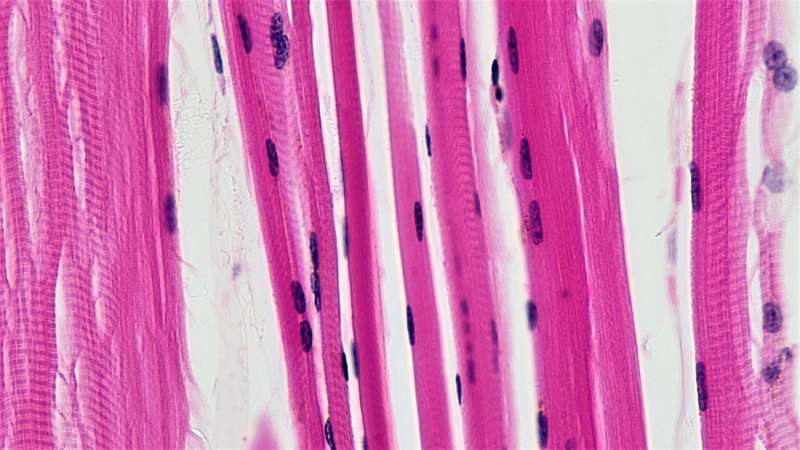
Tiny human muscle cells will be blasted into space in an experiment that could help people live longer, healthier lives.
The experiment, called MicroAge, is set to be launched to the International Space Station (ISS) on Tuesday.
Space will be used to understand what happens to human muscles as people age, and why.
Lab-grown human muscle cells, the size of a grain of rice, have been put into small 3D-printed holders the size of a pencil sharpener.
Once in space, they will be electrically stimulated to induce contractions in the muscle tissue, and the scientists will look closely to see what happens.
Spending time without the effects of gravity can cause astronauts' muscles to get weaker, just as they do in older age, before recovering when they return to Earth.
University of Liverpool researchers, funded by the UK Space Agency, will study what happens to muscle tissue in space, and compare the findings to what happens on Earth.
ESA catches Webb's first call
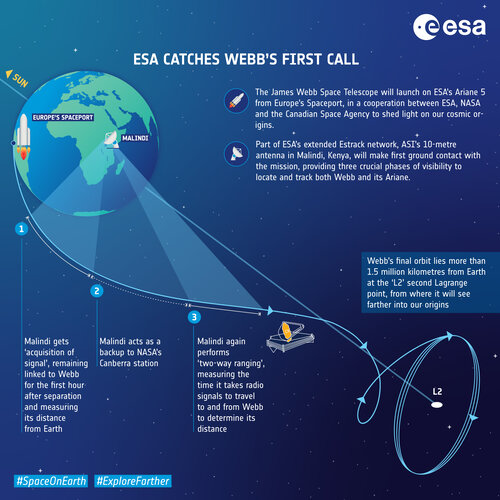 Image:
Image:
Webb is due to launch on an Ariane 5 rocket from Europe’s Spaceport in French Guiana, at the earliest on 24 December. It will journey on a direct escape trajectory towards its target orbit more than 1.5 million kilometres from Earth. Part of ESA’s Estrack cooperative network, the 10-metre antenna in Malindi, Kenya, will make first contact from the ground with the fledgling mission, with the all-important ‘first acquisition of signal’.
About 23 minutes after lift-off, Malindi will locate the Ariane 5 launch vehicle in flight, rising above the Western horizon, still housing its precious cargo. Only five minutes later,
Japanese space tourists safely return to Earth
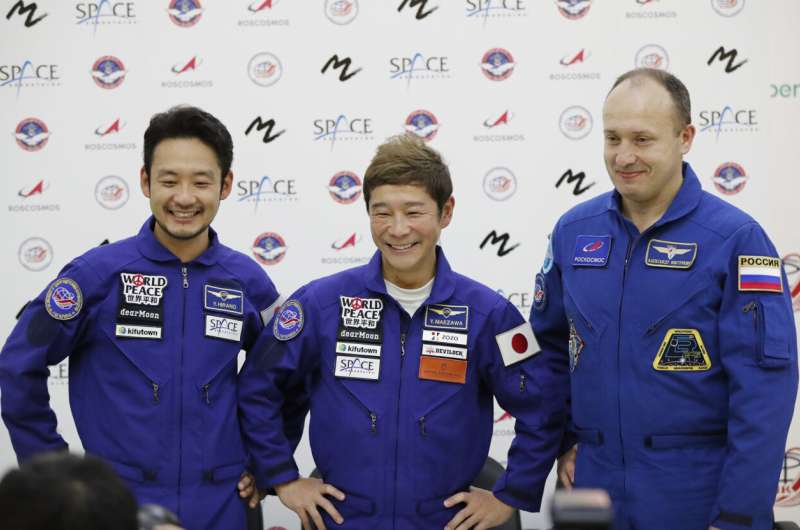
Secure Spanish satellites start construction
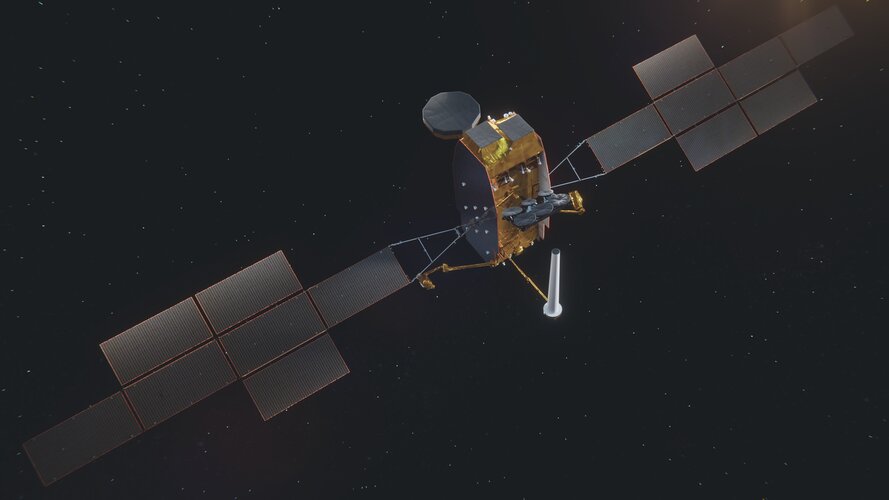
Two telecommunications satellites that can be reprogrammed while in space to respond to changing demands on Earth have passed their critical design reviews.
Dragon delivery – European science destined for space
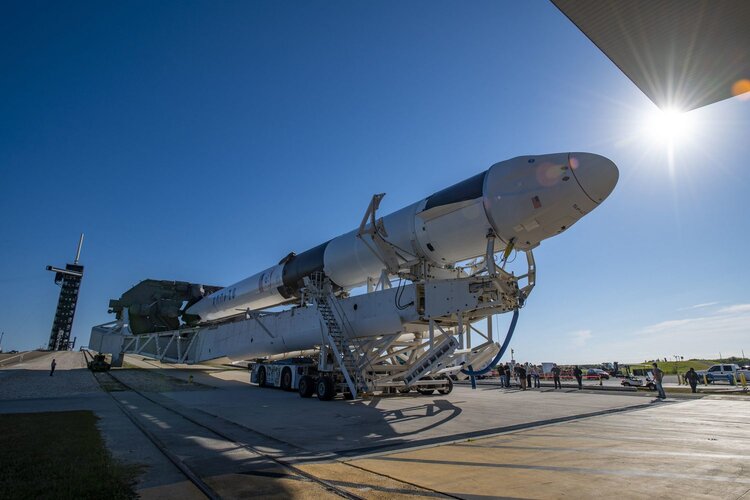
The next SpaceX resupply vehicle is packed with European science, ready for delivery to the International Space Station just in time for Christmas.
Japanese space tourists return to Earth after 12 days on ISS
 A Japanese billionaire returned to Earth Monday, after 12 days spent on the International Space Station where he made videos about performing mundane tasks in space including brushing teeth and going to the bathroom.
Online fashion tycoon Yusaku Maezawa and his assistant Yozo Hirano parachuted onto Kazakhstan's steppe at around the expected landing time of 0313 GMT Monday, along with Russia
A Japanese billionaire returned to Earth Monday, after 12 days spent on the International Space Station where he made videos about performing mundane tasks in space including brushing teeth and going to the bathroom.
Online fashion tycoon Yusaku Maezawa and his assistant Yozo Hirano parachuted onto Kazakhstan's steppe at around the expected landing time of 0313 GMT Monday, along with Russia NASA craft 'touches' sun for 1st time, dives into atmosphere
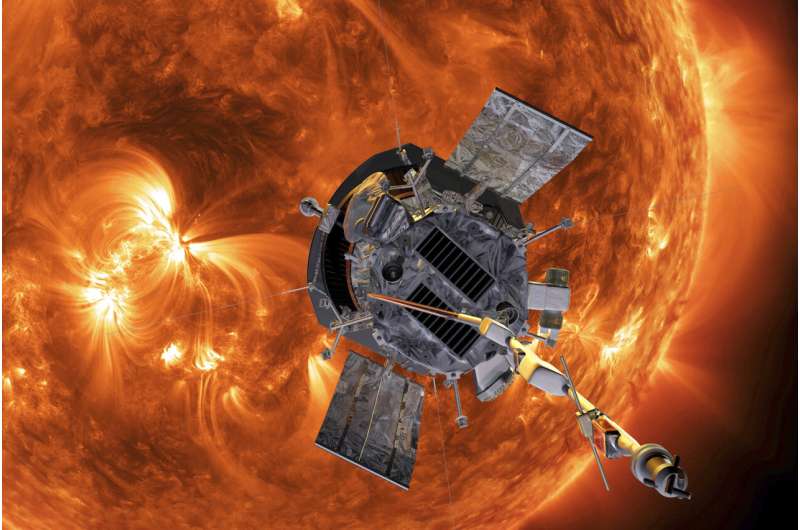
'Alarm bells' as UN validates record Arctic temperature
 The UN on Tuesday officially recognised the 38 degrees Celsius measured in Siberia last year as a new record high for the Arctic, sounding "alarm bells" over climate change.
The sweltering heat - equivalent to 100.4 degrees Fahrenheit - was seen on June 20, 2020 in the Russian town of Verkhoyansk, marking the highest temperature ever recorded above the Arctic Circle, the World Meteorologic
The UN on Tuesday officially recognised the 38 degrees Celsius measured in Siberia last year as a new record high for the Arctic, sounding "alarm bells" over climate change.
The sweltering heat - equivalent to 100.4 degrees Fahrenheit - was seen on June 20, 2020 in the Russian town of Verkhoyansk, marking the highest temperature ever recorded above the Arctic Circle, the World Meteorologic 
